MUSUBI: Your Guide to Driving In Japan (Part 1)
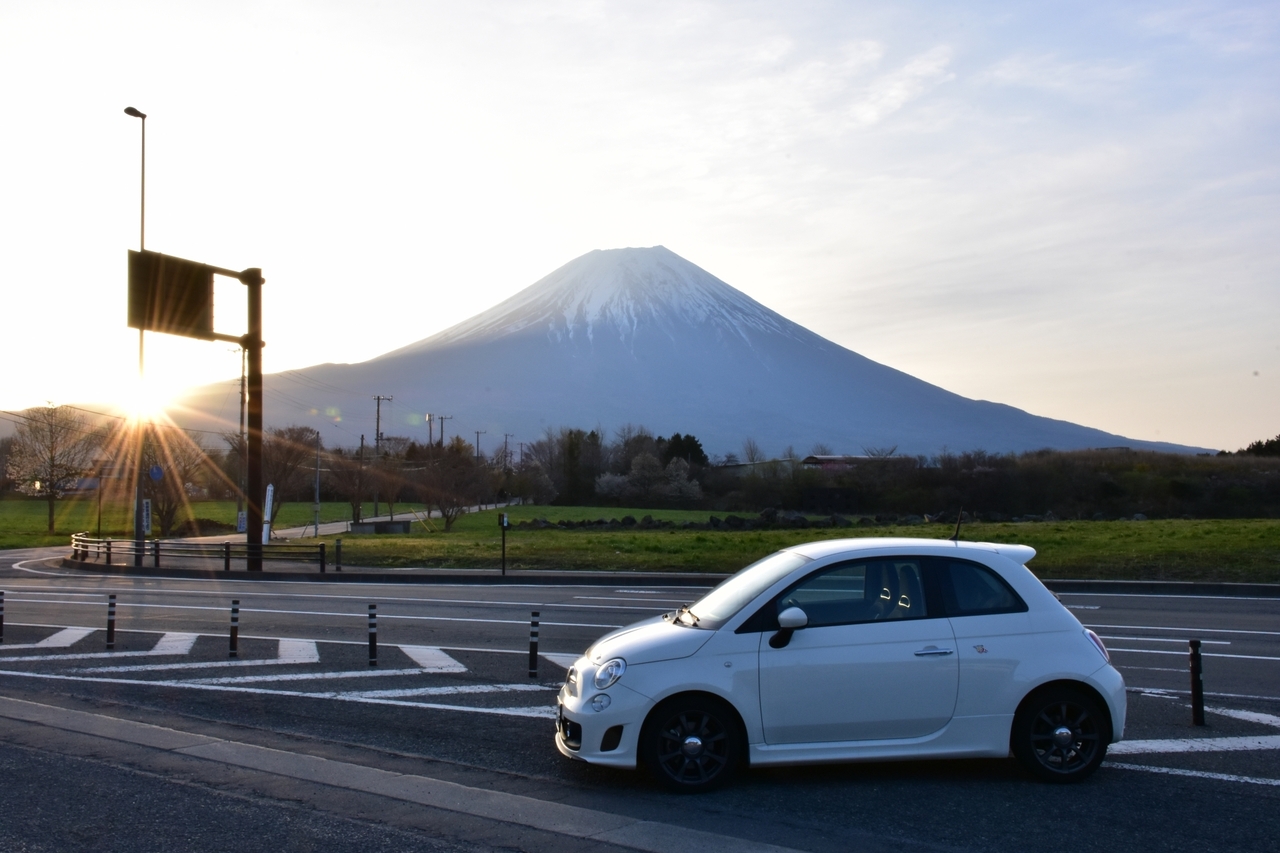
Are you living in Japan (or planning to live there soon) and thinking about driving? Are you looking for the car of your dreams, or just one that'll get you from point A to point B? Then this is the guide for you!
Driving in Japan opens up many new doors, allowing convenience and efficiency that you don't get with just a bicycle or relying on the trains and buses. But it also comes with added responsibilities. In the following article, I will try to give you the basics of life in Japan behind the wheel.
Please note: At times I will be referring specifically to the experience of being an Assistant Language Teacher (ALT) placed in a driving position, but much of the advice here can apply to anyone who is considering driving in Japan.
Driving in Japan opens up many new doors, allowing convenience and efficiency that you don't get with just a bicycle or relying on the trains and buses. But it also comes with added responsibilities. In the following article, I will try to give you the basics of life in Japan behind the wheel.
Please note: At times I will be referring specifically to the experience of being an Assistant Language Teacher (ALT) placed in a driving position, but much of the advice here can apply to anyone who is considering driving in Japan.
Have Car, Will Travel
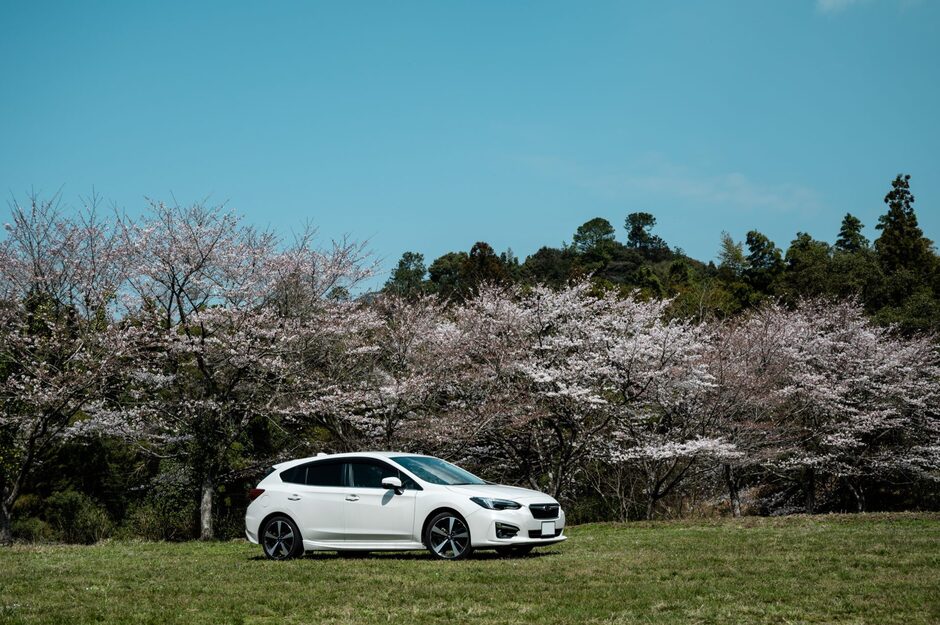
In general, owning a car in Japan is best if living in the suburbs or country. Car ownership in a big city can be expensive, and public transportation is just way too convenient. It's not impossible, but if the though of driving in Japan is daunting enough, the reality of driving through the heart of Tokyo might be a bridge too far for you. But if you live out in the quieter, greener parts of Japan, driving isn't just easier- it's recommended.
With a personal vehicle, you have the convenience of being able to go wherever you want, whenever you want, in comfort. No worries about catching the last train or riding in a proverbial sardine can during rush hour or long holidays, for that matter. You can go nuts at the grocery store and stock up without worrying about how to carry the groceries home. You can visit the more remote, hard-to-reach treasures of Japan. You can get around your neighborhood in a fraction of the time- just compare a commute on Google Maps. A 35-minute walk becomes a 5-minute drive.
And let's face it, Japan has some beautiful landscapes that should be experienced through a car window; with friends, family or alone. You can pull over, take a picture and continue on your journey. Trains are nice, but nothing beats a good drive. Also, there is no other way to experience the Japanese highway service areas than by car or bus. Some of these service areas are just amazing. Think convenience stores, but 100x better.
While there are sometimes narrow roads and tight corners, once once adapts to the road rules of Japan, having your own car affords you a different level of freedom and gives your experience in Japan more depth. And for the ALT driver, it also raises your stock; positions that require drivers will make you sought-after and may be the deciding factor in you landing that new job. Being able to drive in Japan is definitely a feather to add to your cap. More on that a little later though. First, we must discuss some of the added challenges of driving.
With a personal vehicle, you have the convenience of being able to go wherever you want, whenever you want, in comfort. No worries about catching the last train or riding in a proverbial sardine can during rush hour or long holidays, for that matter. You can go nuts at the grocery store and stock up without worrying about how to carry the groceries home. You can visit the more remote, hard-to-reach treasures of Japan. You can get around your neighborhood in a fraction of the time- just compare a commute on Google Maps. A 35-minute walk becomes a 5-minute drive.
And let's face it, Japan has some beautiful landscapes that should be experienced through a car window; with friends, family or alone. You can pull over, take a picture and continue on your journey. Trains are nice, but nothing beats a good drive. Also, there is no other way to experience the Japanese highway service areas than by car or bus. Some of these service areas are just amazing. Think convenience stores, but 100x better.
While there are sometimes narrow roads and tight corners, once once adapts to the road rules of Japan, having your own car affords you a different level of freedom and gives your experience in Japan more depth. And for the ALT driver, it also raises your stock; positions that require drivers will make you sought-after and may be the deciding factor in you landing that new job. Being able to drive in Japan is definitely a feather to add to your cap. More on that a little later though. First, we must discuss some of the added challenges of driving.
Tolls, Parking and Gas: Oh My!
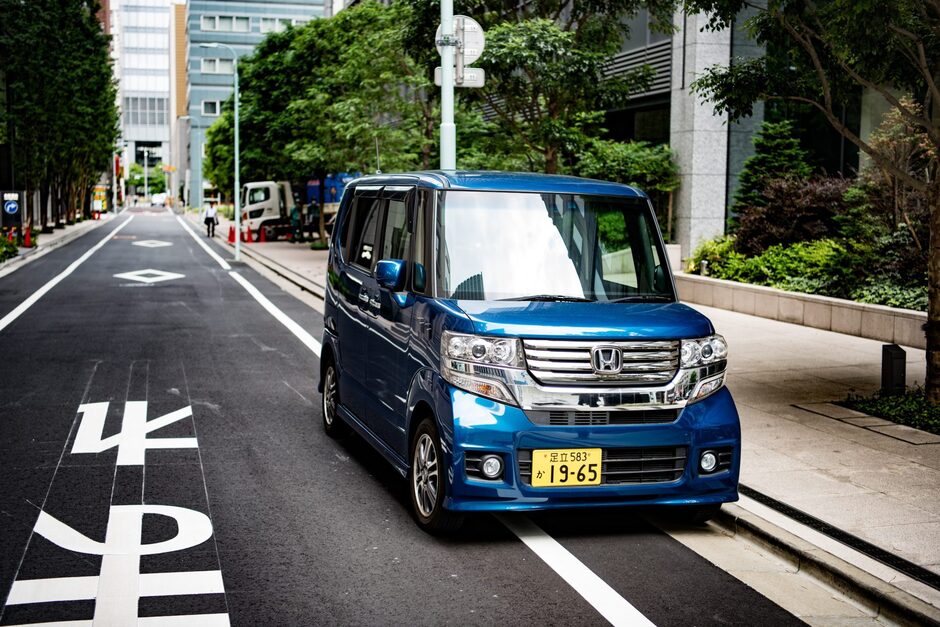
You are probably excited and ready to go out to your local dealership and find that little hatchback, rugged SUV or dare I say, sporty Kei car with the turbo. But before you do, know in advance about these three aspects of driving in Japan that everyone should know about.
Tolls: Almost all express routes in Japan are toll roads, and you can get around faster, but it will cost more. Fortunately, there are also local roads you can take, but in general you can expect a longer trip. If you prefer the high way, get ready to pay for it. If you do use toll roads, an ETC card is definitely something you should get.
There are many discounts available for ETC card users. Provided you live within a decent proximity to your workplace though, you can generally commute via local roads. Save the tolls for when you want to take a real trip on the weekends or holidays.
Parking: I have yet to encounter free parking in Japan aside from hotels and malls, unless we're talking about out in the woods (and even then, major touristy areas may charge a small fee). Parking lots in the city will usually require a time-based fee, with all-day parking having a discount (but you may not even need to be there that long).
or those who commute to work with a car, you will usually have more options such as a place to park at no cost, but it may not be right next to where you work. It's best to do some research beforehand, decide between the cost and convenience, and plan your parking strategy out.
Gas: At the time of writing this article, gasoline costs about ¥185/ L (about USD $1.20). A 3-4 hour round trip using the highway can be costly, and unfortunately there's no easy way around the fluctuating cost of fuel. My best recommendation would be to avoid a gas-guzzler. As exciting as it may sound to maneuver around narrow Japanese roads in a Humvee, opt for something more fuel-efficient if you can.
Tolls: Almost all express routes in Japan are toll roads, and you can get around faster, but it will cost more. Fortunately, there are also local roads you can take, but in general you can expect a longer trip. If you prefer the high way, get ready to pay for it. If you do use toll roads, an ETC card is definitely something you should get.
There are many discounts available for ETC card users. Provided you live within a decent proximity to your workplace though, you can generally commute via local roads. Save the tolls for when you want to take a real trip on the weekends or holidays.
Parking: I have yet to encounter free parking in Japan aside from hotels and malls, unless we're talking about out in the woods (and even then, major touristy areas may charge a small fee). Parking lots in the city will usually require a time-based fee, with all-day parking having a discount (but you may not even need to be there that long).
or those who commute to work with a car, you will usually have more options such as a place to park at no cost, but it may not be right next to where you work. It's best to do some research beforehand, decide between the cost and convenience, and plan your parking strategy out.
Gas: At the time of writing this article, gasoline costs about ¥185/ L (about USD $1.20). A 3-4 hour round trip using the highway can be costly, and unfortunately there's no easy way around the fluctuating cost of fuel. My best recommendation would be to avoid a gas-guzzler. As exciting as it may sound to maneuver around narrow Japanese roads in a Humvee, opt for something more fuel-efficient if you can.
With Great Horsepower Comes Great Responsibility
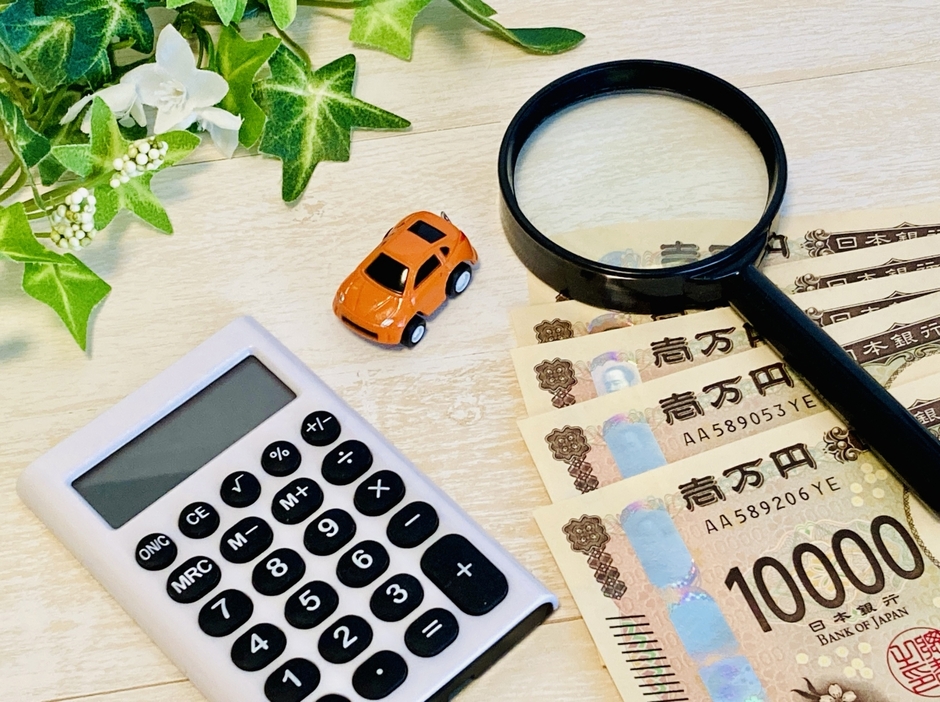
You can't drive in Japan without a vehicle, and most of the time, you're going to want a car. The adventurous out there might prefer motorcycles or mopeds, but if you live in an area that gets snow, or you live in Japan during the rainy season- trust me- you want a car. So what are the costs of car ownership?
Let's start with the taxes! Deep breath. Depending on the size of your engine and the type of car you drive, the amount of tax you pay will change. The annual automobile tax can cost anywhere from ¥5,000 for a Kei car to ¥66,000 for something with a bigger, beefier engine. FYI, Kei cars are the little cars you see with the yellow license plates. They are generally cheaper to drive but much slower, have smaller engines, and have a limited crumple zone. Generally, Kei cars are ideal for light drivers. Unless you get the sporty types. Those are just fun.
Next, is the shaken, pronounced ShAh-Ken. This is the mandatory maintenance cost for car ownership. It is basically to ensure that your vehicle is working and not creating more pollution than allowed. Once again, Kei cars will cost you less; roughly ¥70,000 to ¥100,000. Vehicles with a white license plate will cost anywhere from ¥80,00 and up. Also, shaken needs to be renewed every 2 years. If your car is brand new out of the dealership, shaken is due for renewal on thethird year after the car was manufactured. So, remember to put a little bit of cash away every month, so you aren’t in a tight spot when the wonderful day of shaken arrives!
Now, keep in mind the above is predicated on you buying a car. One of the great advantages of being an ALT that drives is at least part of the above isn't going to be something you have to worry about, as you may be driving a company car or a rental vehicle. Sure, it might not be a Jaguar, but it'll do the job just fine. And even if you do decide to purchase your own vehicle and make it 100% yours, once you know what you’re in for, and weigh it against the benefits, owning a car will indeed be worth your while.
Let's start with the taxes! Deep breath. Depending on the size of your engine and the type of car you drive, the amount of tax you pay will change. The annual automobile tax can cost anywhere from ¥5,000 for a Kei car to ¥66,000 for something with a bigger, beefier engine. FYI, Kei cars are the little cars you see with the yellow license plates. They are generally cheaper to drive but much slower, have smaller engines, and have a limited crumple zone. Generally, Kei cars are ideal for light drivers. Unless you get the sporty types. Those are just fun.
Next, is the shaken, pronounced ShAh-Ken. This is the mandatory maintenance cost for car ownership. It is basically to ensure that your vehicle is working and not creating more pollution than allowed. Once again, Kei cars will cost you less; roughly ¥70,000 to ¥100,000. Vehicles with a white license plate will cost anywhere from ¥80,00 and up. Also, shaken needs to be renewed every 2 years. If your car is brand new out of the dealership, shaken is due for renewal on thethird year after the car was manufactured. So, remember to put a little bit of cash away every month, so you aren’t in a tight spot when the wonderful day of shaken arrives!
Now, keep in mind the above is predicated on you buying a car. One of the great advantages of being an ALT that drives is at least part of the above isn't going to be something you have to worry about, as you may be driving a company car or a rental vehicle. Sure, it might not be a Jaguar, but it'll do the job just fine. And even if you do decide to purchase your own vehicle and make it 100% yours, once you know what you’re in for, and weigh it against the benefits, owning a car will indeed be worth your while.
The Road Ahead
Alright, maybe you read all that and said "Well it's not about the money, it's about the memories". I admire your enthusiasm! There's still a great deal more to driving and car management that I'll get to next time, as well as exactly how one goes about being able to drive in Japan in the first place. Stay tuned for Part 2 next time here on MUSUBI. Until then, drive safely, wherever you are!
Photo Credits:
(1)Photo by Yasushi13B on PhotoAC
(2) Photo by Hiroyoshi Urushima on Unsplash
(3)Photo by Daniel Klein on Unsplash
(4)Photo by craftbeermania on PhotoAC
All other content (text) created by the original author and © 2021, 2025 MUSUBI by Borderlink
Photo Credits:
(1)Photo by Yasushi13B on PhotoAC
(2) Photo by Hiroyoshi Urushima on Unsplash
(3)Photo by Daniel Klein on Unsplash
(4)Photo by craftbeermania on PhotoAC
All other content (text) created by the original author and © 2021, 2025 MUSUBI by Borderlink
WRITER

Adam Daniel
From Canada.
Has lived (and drove) in Japan for a long time. Loves Osaka!
RECOMMENDED
-

The Best Burgers in Tokyo... So Far
Burgers. You can get one anywhere right? Well, I haven’t eaten anything from McDonald’s or simi... -

Two Countries, Two Food Cultures
Hello, I am Sabina Maharjan from Nepal. I have been living here in Japan since 2019. When I first came to Japan, I ... -
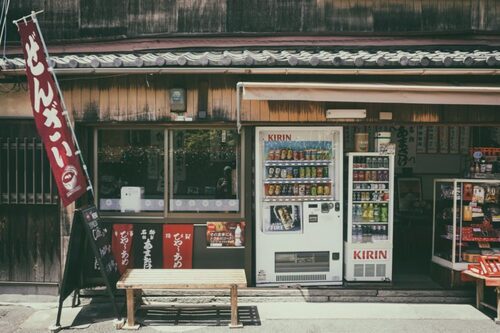
The Nation of Hydration
Photo by Daniel Tseng



